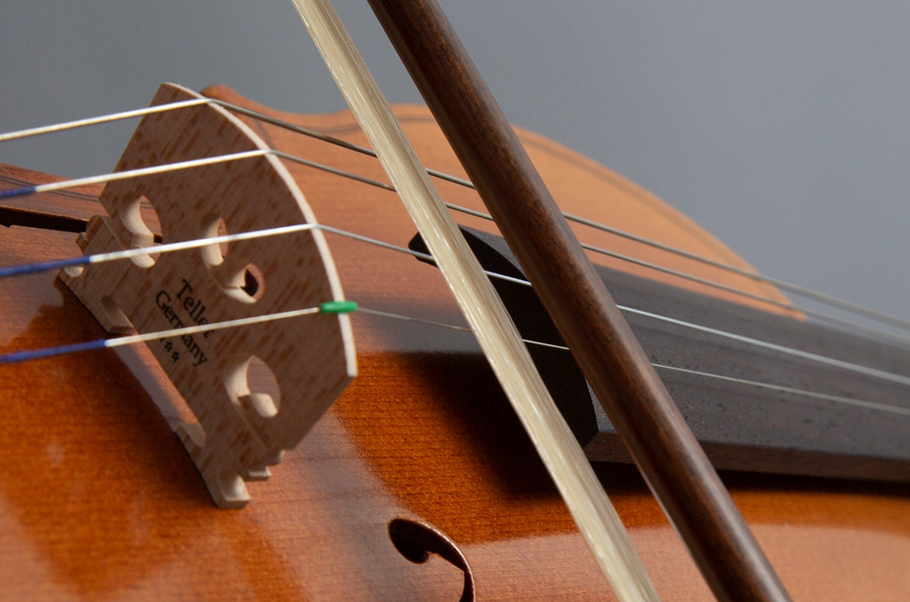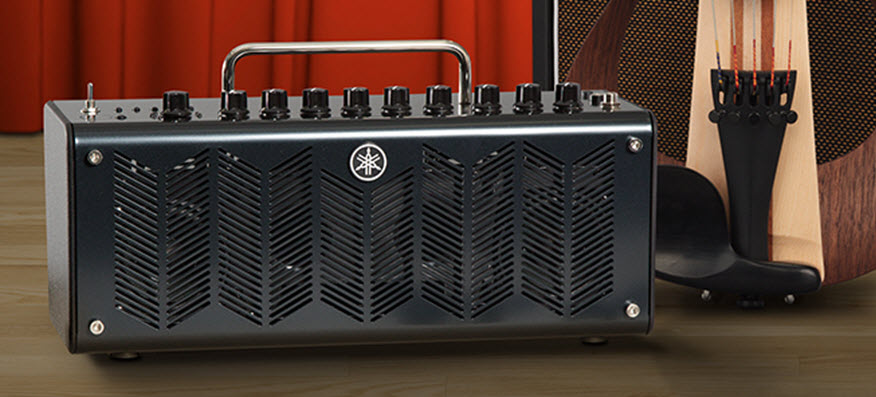How to Select an Electric Upright Bass
Here’s what you need to know about EUBs.

The Electric Upright Bass (sometimes called “EUB” for short) made its first appearance in the mid-1930s but has gained increasing popularity over the last few decades, especially in live jazz and big band performances where extra volume is needed. While it’s true that there are many pickup options for double basses these days, the fact remains that acoustic basses are somewhat fragile, especially in contrast to their more robust electric cousins.
So whether you are in the market for an EUB or are just curious about whether such an instrument would be a good alternative for you and your playing style, here are some things to keep in mind:
1. The EUB should have a similar feel to a “real” bass. Some acoustic bass players claim that an EUB does not have the same feel as a “real” full-sized bass, though this is a somewhat spurious argument given that neck sizes and shapes can vary even on an acoustic instrument. One undeniable fact is that some EUBs do not have a body at all, so getting used to holding it without the body to lean against can be a difficult thing for an acoustic bass player to adjust to. For that reason, many current EUBs have artificial bouts. This feature is helpful for those who miss that physical connection with their instrument.
2. It should provide sounds that are close to acoustic bass. Every acoustic bass has its own sound, but an EUB can offer many different sounds. Depending upon the brand and model, electronics range from simple piezo or magnetic pickups to fancier 18 volt electronics, and some instruments combine both kinds of pickups for expanded sonic possibilities. That said, some EUBs miss the mark in emulating the sound of an acoustic bass — a shortcoming that can be magnified further still by players that have not dealt with electronics and amplifiers in the past. In particular, playing with a bow or Arco on some models can result in quite a nasal sound, even if you are familiar with adjusting tone controls. Always check the sound quality of an EUB you are considering purchasing, and make sure it delivers the sonic performance you need.
3. It should have a compact design for travel. EUBs often break down into a case small enough to fit into the overhead carry-on space on a plane, which is of course the safest way for them to travel. Traveling with a real acoustic bass has become so expensive and potentially dangerous for the instrument that many people arrange to use or rent one at their destination. Every checked item is subject to extreme handling during a plane journey and many damaged instruments have been the result, even with the best travel trunk. Far better to bring your bass on board with you!
One last, but no less important factor is affordability. The prices for good acoustic basses have risen in recent years — some can cost as much as $100,000 or more — and so the risk of using them in some situations (and/or in questionable weather) has become more of a problem. Electric Upright Basses are generally much more affordable than acoustic basses, plus they allow your favorite wood bass to be saved for appropriate venues. An EUB can fare much better in close quarters in a club gig, as well as outdoors in hot or cool environments that would challenge a wooden instrument put together with water-soluble glue.
If you feel that you’re ready to expand your horizons, an Electric Upright Bass offers many advantages … not to mention the boost to your playing and creativity that comes with any new instrument. It’s an option well worth considering.
Photo by permission of Nathan East.
Click here for more information about Yamaha Silent™ Series Electric Upright Basses.















